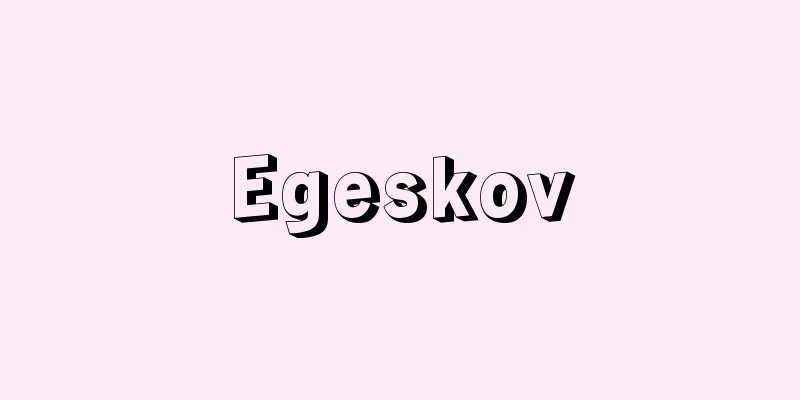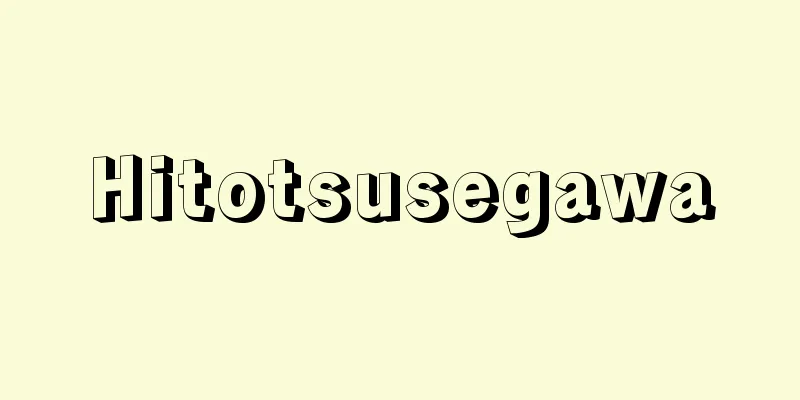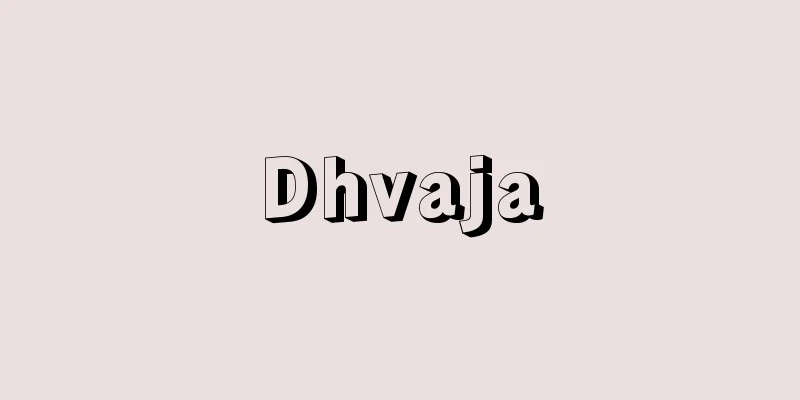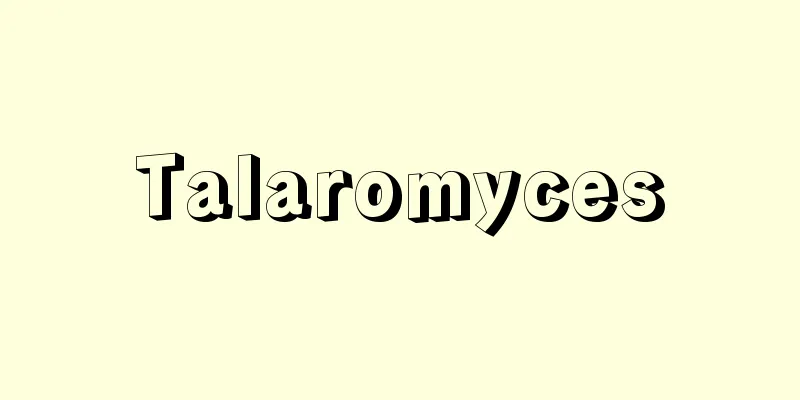Nuri (English spelling)

|
The inhabitants of the central highlands, the Hazarajat, are the Hazara people, who have a Mongolian appearance. Other distinctive ethnic groups include the Moghors, who still retain the Mongolian language, the Nuri people, who live in the eastern mountains and were forcibly converted to Islam in the late 19th century, and the Chahar Aimaq people in the west. *Some of the terminology explanations that mention "Nūrī" are listed below. Source | Heibonsha World Encyclopedia 2nd Edition | Information |
|
…中央高地たるハザーラジャートの住民はモンゴル的容貌のハザーラ族である。そのほか特異な民族として,今なおモンゴル語を保存しているモゴール族,東部山地の住民で19世紀後半にイスラムに強制的に改宗させられたヌーリーNūrī族,西部のチャハール・アイマーク族がある。 ※「Nūrī」について言及している用語解説の一部を掲載しています。 出典|株式会社平凡社世界大百科事典 第2版について | 情報 |
<<: Nure Sufi (English spelling)
>>: Nur Muhammad Taraki (English spelling)
Recommend
furious fifties
...In the Northern Hemisphere, there are many con...
IEEE - Internet Replicity
The abbreviation for the Institute of Electrical ...
Ishii Memorial Aizen Garden
…In 1904, he took over as head of the family, and...
Antonius, Marcus
[Born] Around 82 B.C. [Died] August 30 BC. A Roman...
Buzaemon Ikki - Buzaemon Ikki
In 1793 (Kansei 5), a peasant uprising broke out ...
Ingres (English: Jean Auguste Dominique Ingres)
French painter. Born in Montauban on August 29th....
Kanrinboche - Kanrinboche
→ Kailash [Mountain Range] Source : Heibonsha Ency...
Foreign exchange - Gaikoku kawase (English spelling) foreign exchange
The method of settlement between distant location...
Audio
…In 1806, De Forest added a third electrode grid ...
Eikado - Eikado
…In 1791 (Genroku 4), when the third Norimura was...
Fulgrator
…His name is a contraction of Dieu pater (meaning...
mountain system
…Mountains are usually grouped together and occup...
Ginmisuji - Ginmisuji
One of the legal procedures in the Edo period. It ...
"Einkomende Zeitungen" - Einkomende Zeitungen
... Media that provided regular news were establi...
Asano Yoshinaga
A military commander in the Momoyama and early Ed...

![Brocken [mountain] - Brocken](/upload/images/67ccc20b45d9d.webp)







